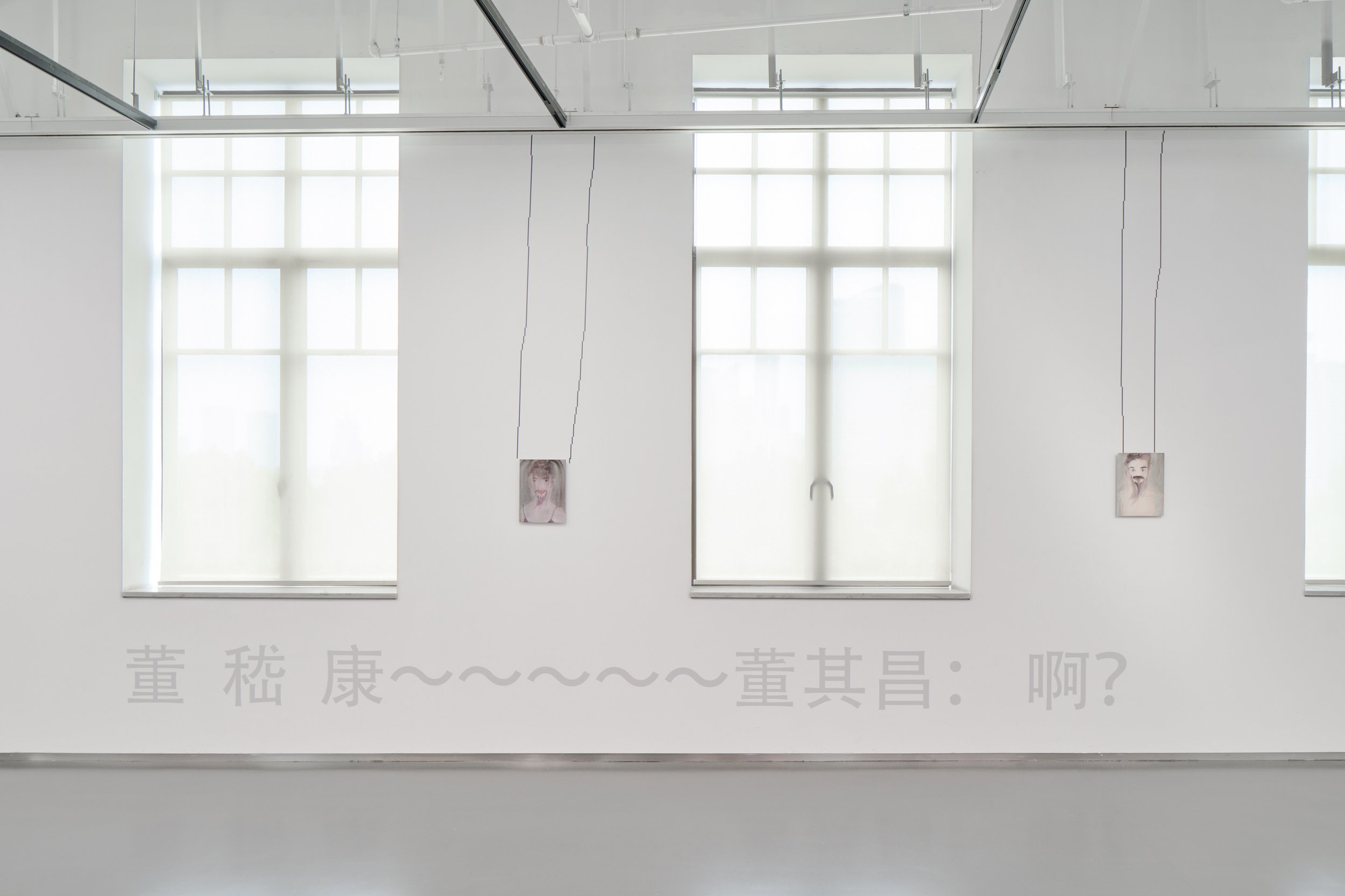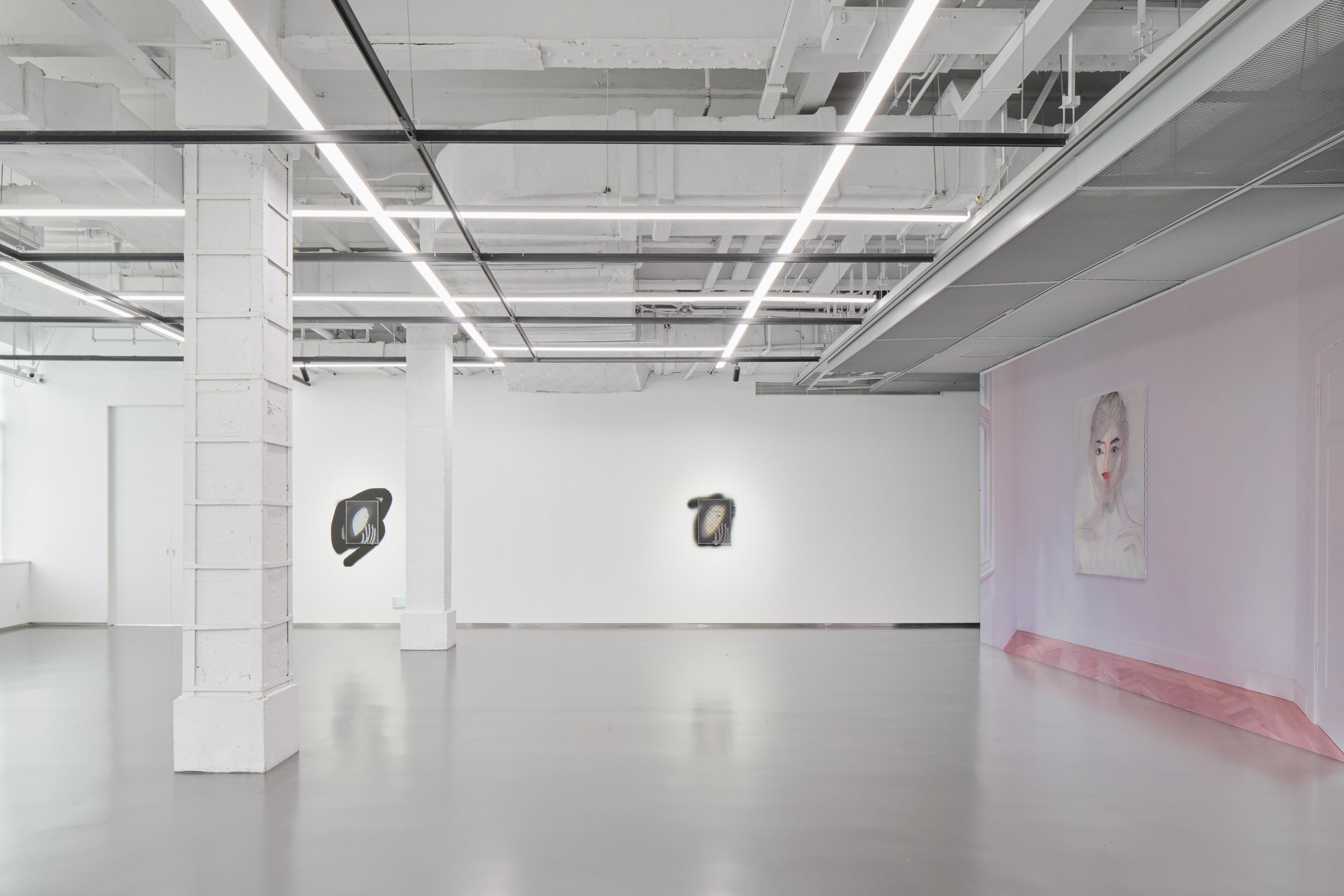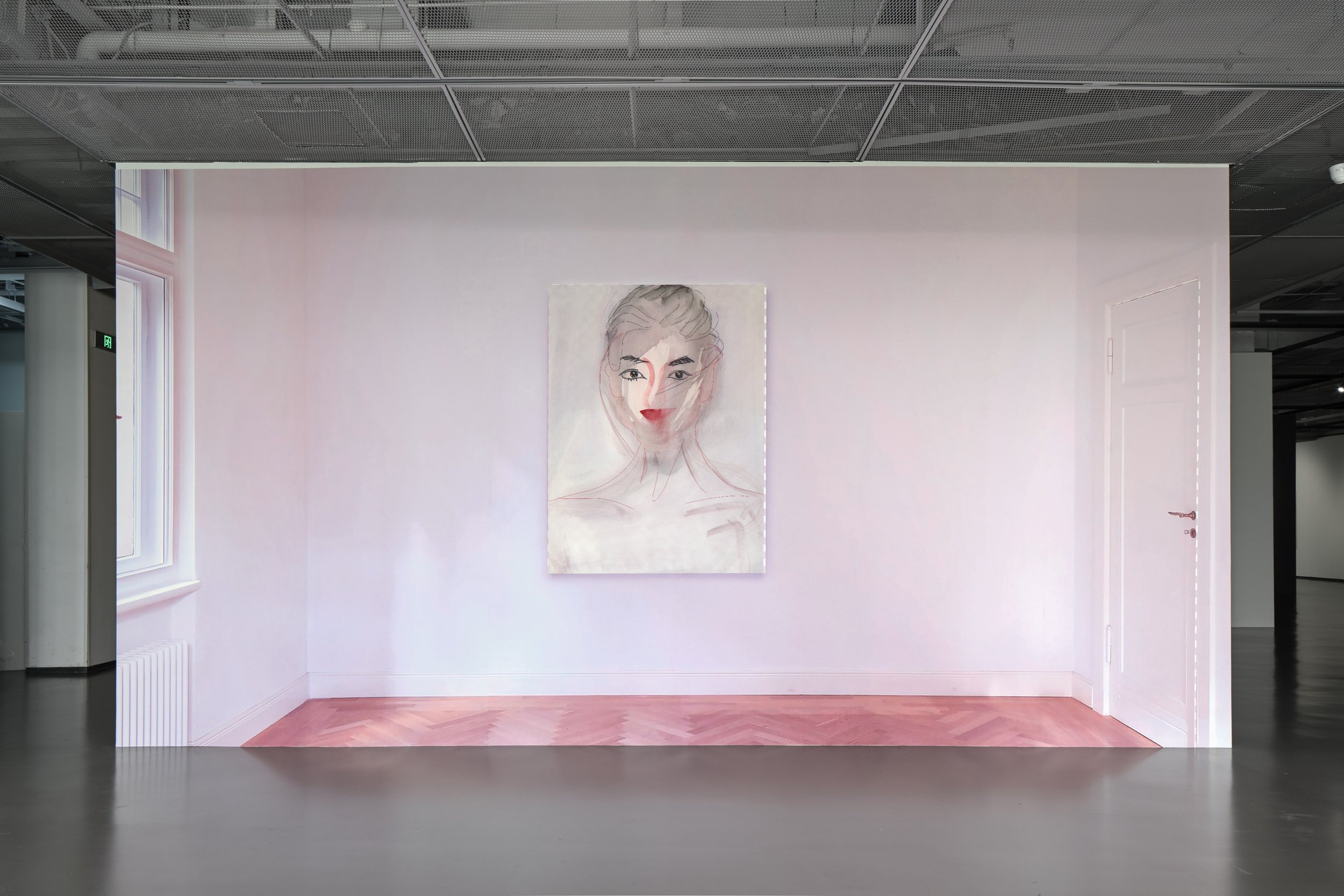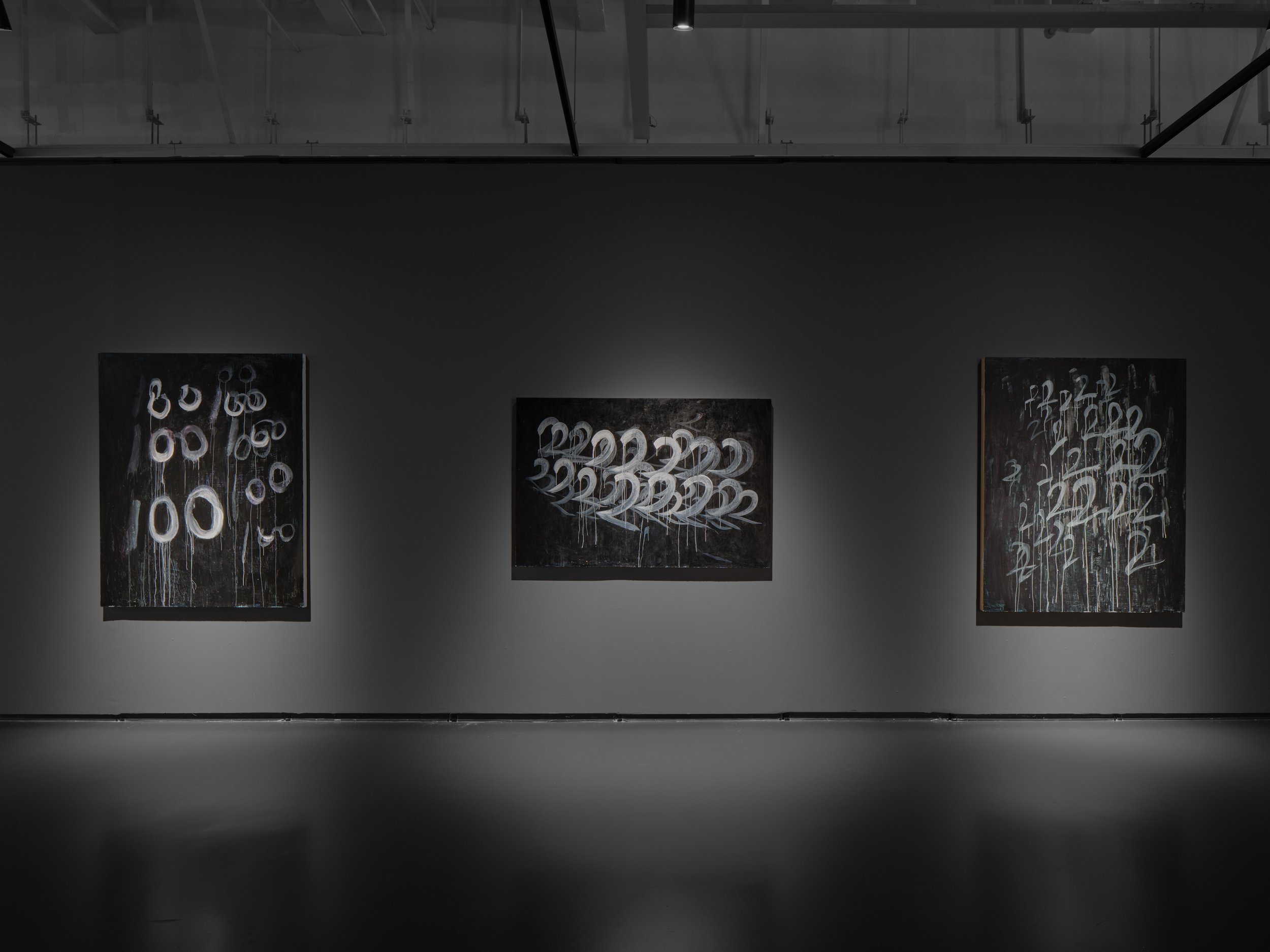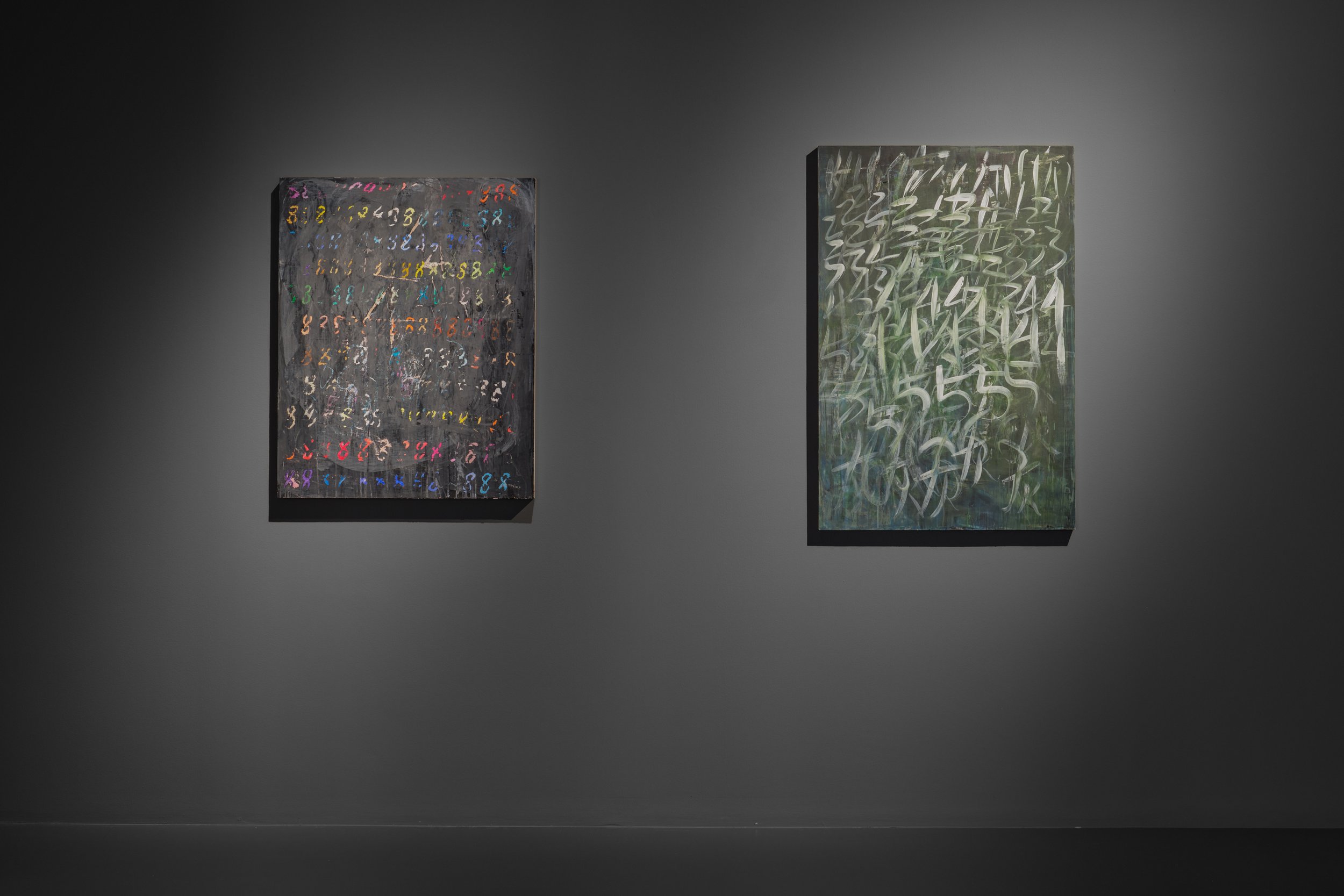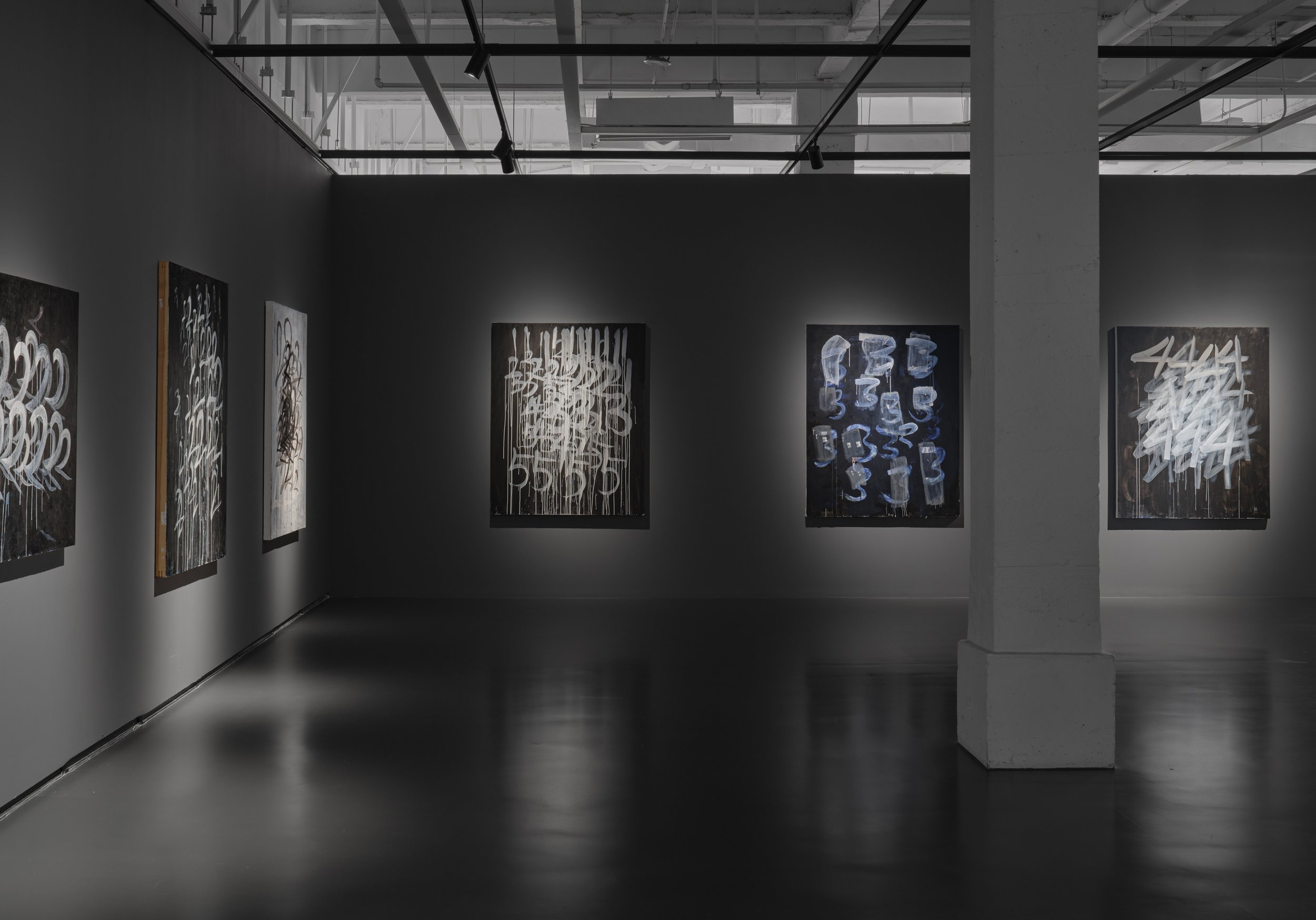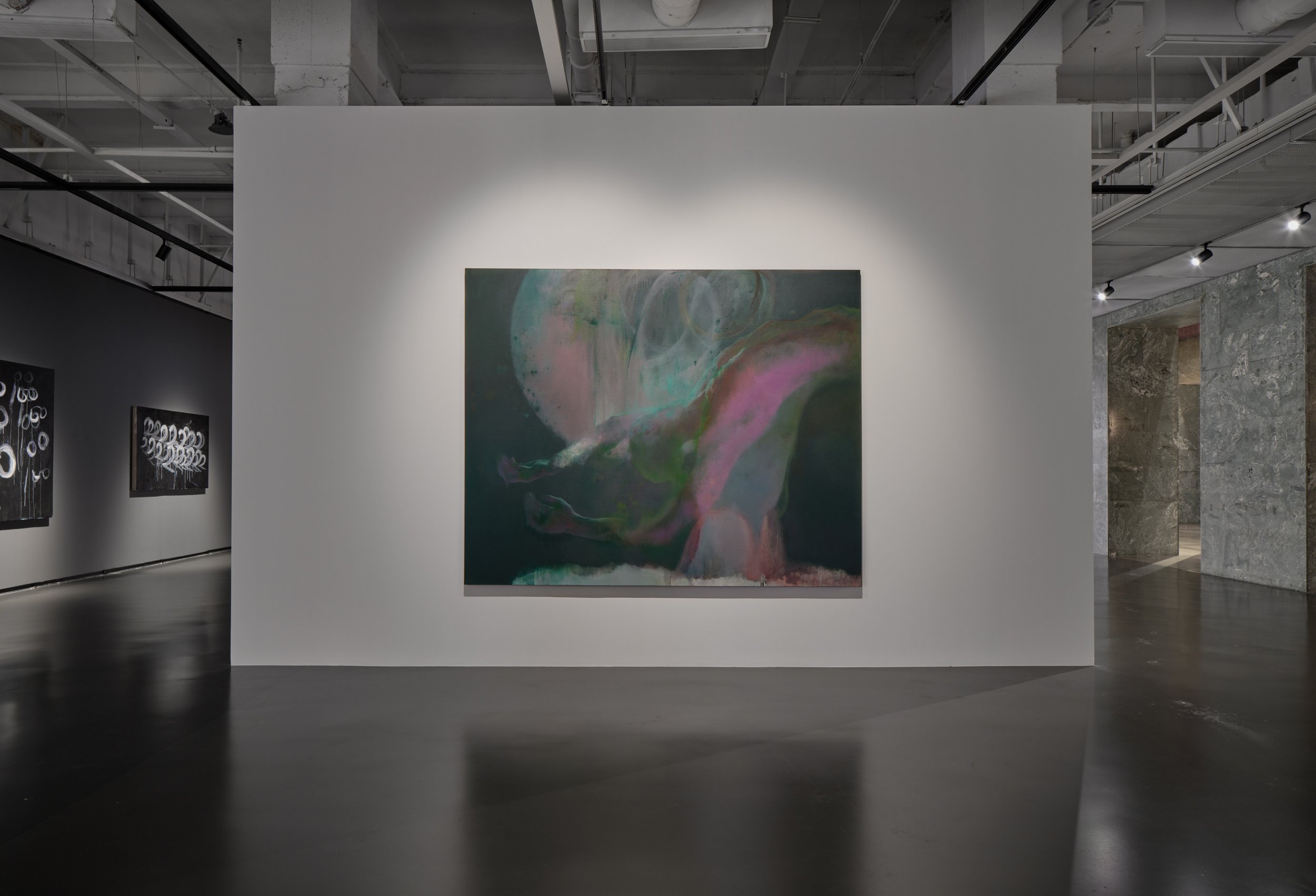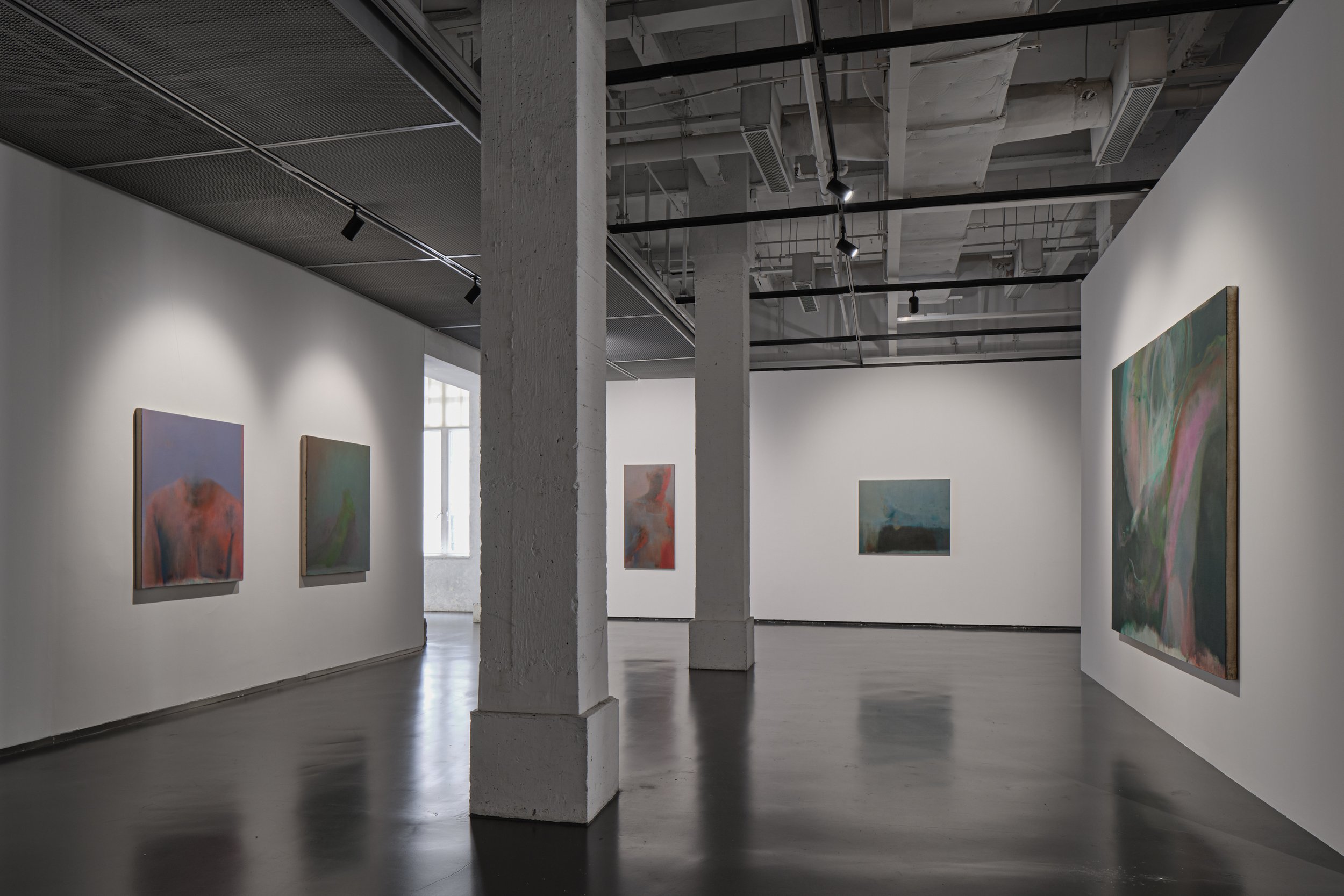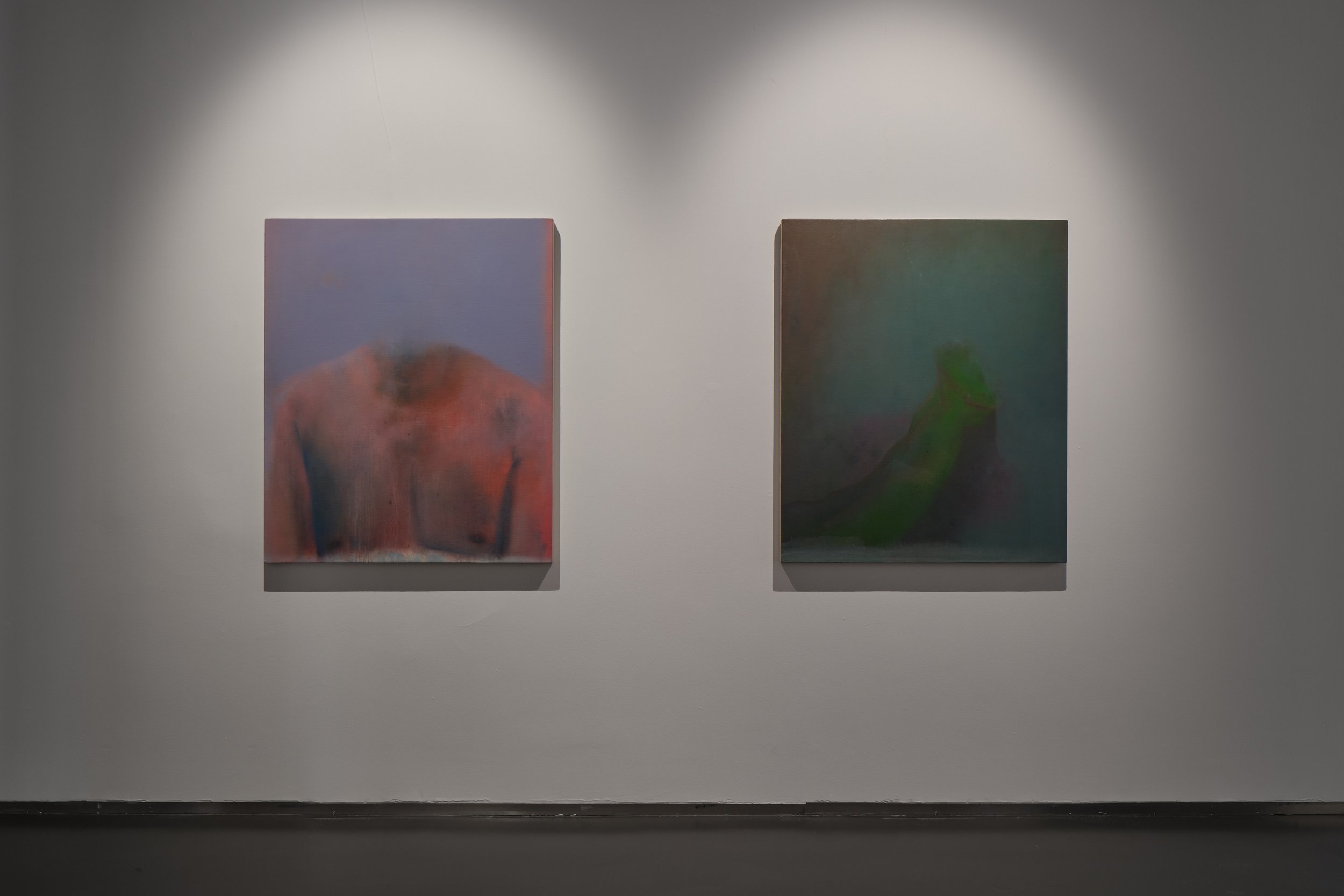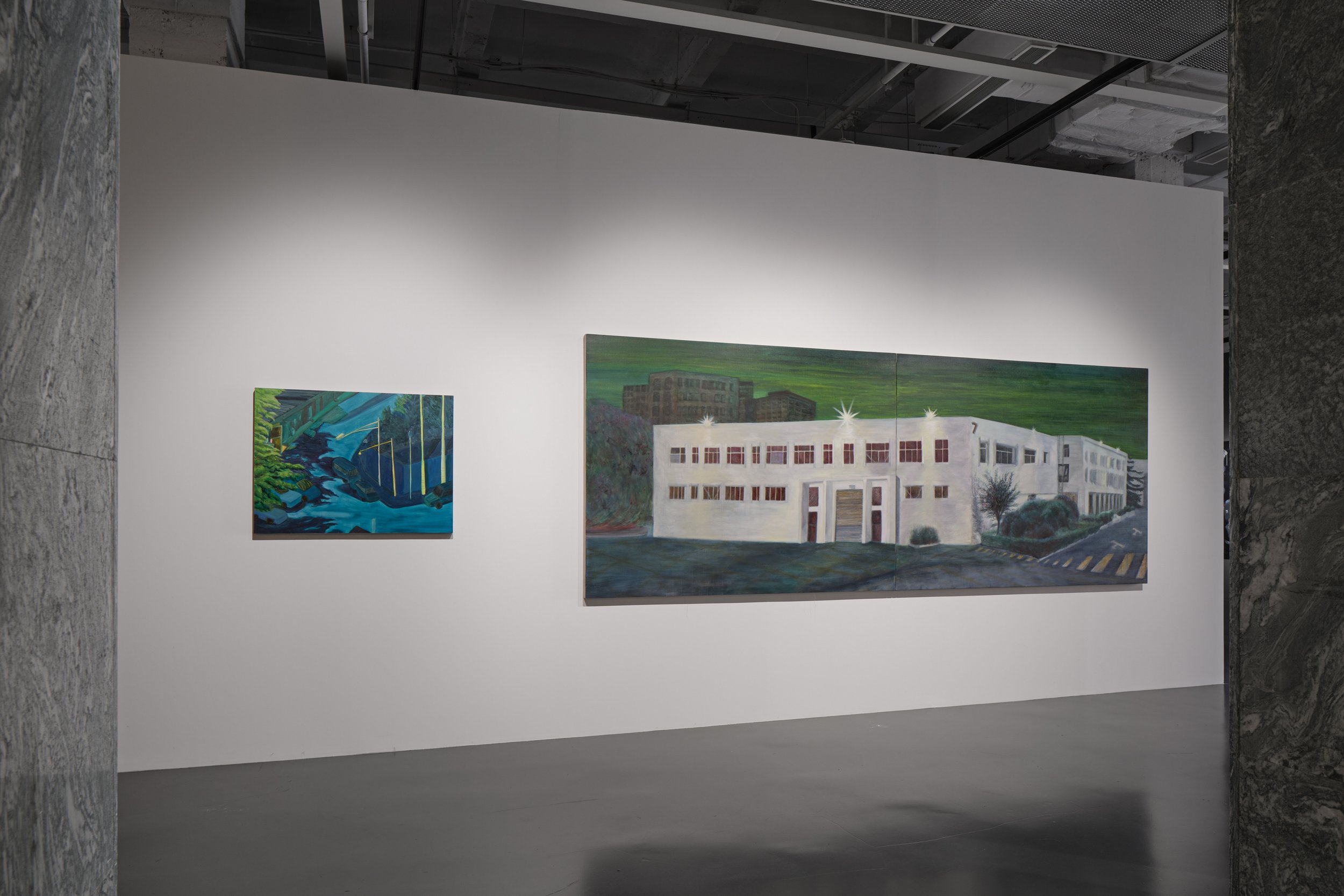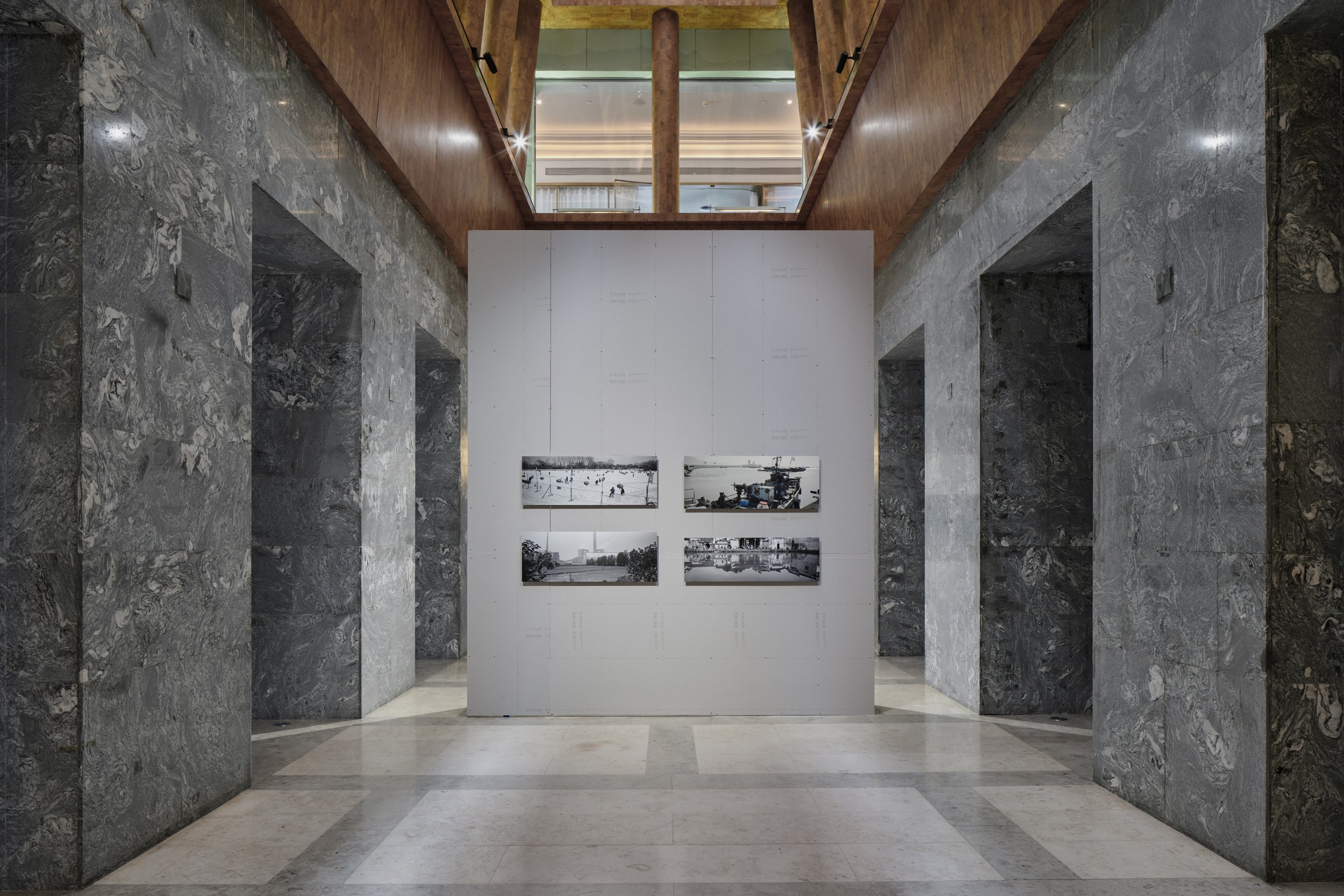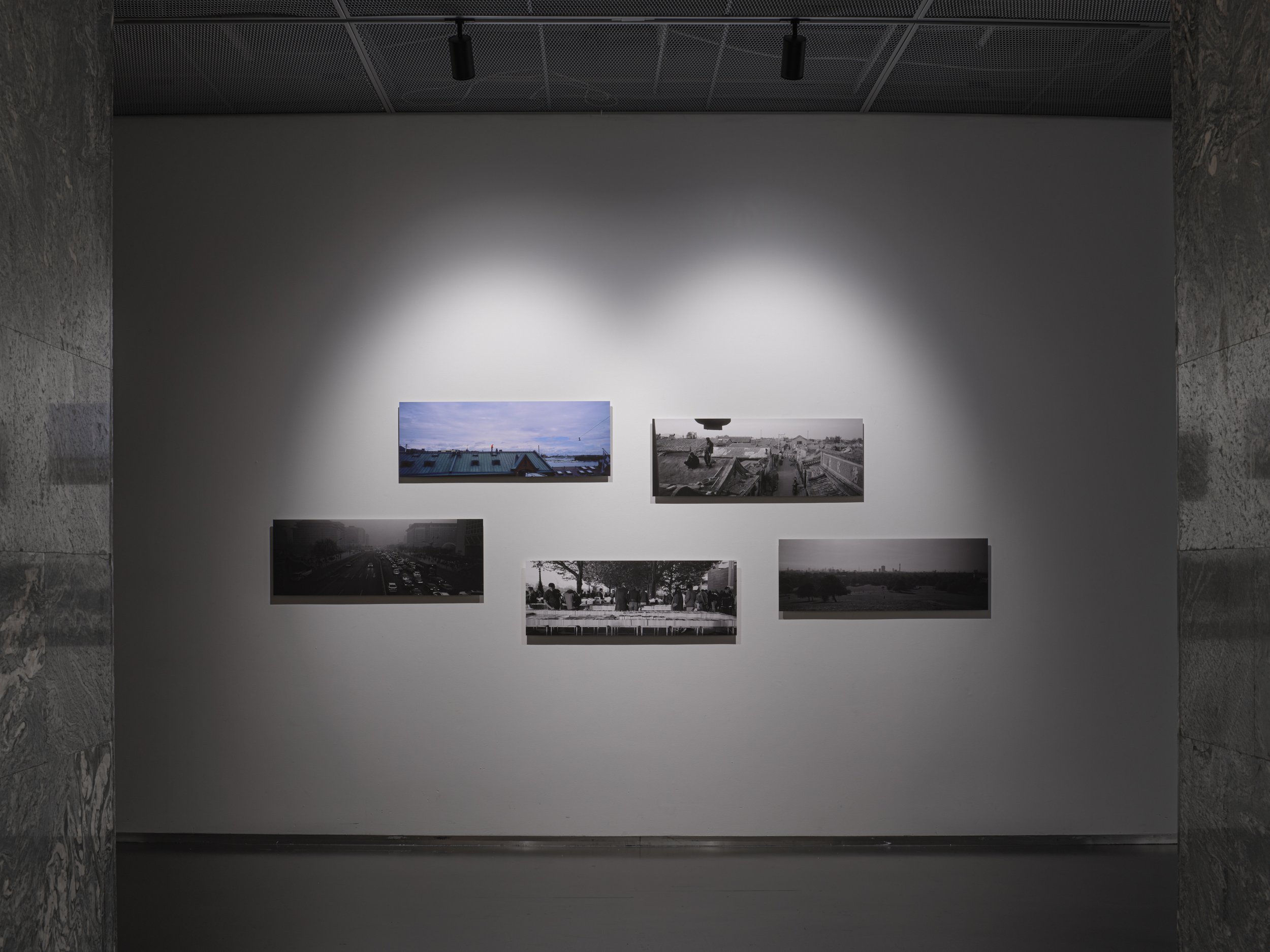Exhibition
27th June 2023 – 6th August 2023
Venue
SGA Three on the Bund, 3F, No.3 Zhong Shan Dong Yi Road, Shanghai
Artists
Lin Ke, Xiang Kaiyang, Xie Qi, Anna NL Cheung
Exhibition Consultant
Yuan Fuca
▃
This June, Space and Gallery Association Shanghai is pleased to present “The past is a foreign country”–– a group exhibition that brings together four Chinese contemporary artists: Lin Ke, Xiang Kaiyang, Xie Qi and Anna NL Cheung. The gallery also invites Yuan Fuca, curator and writer, as the exhibition consultant for this event. The exhibition is on view from Tuesday, 27th June, until 6th August 2023.
“The past is a foreign country: they do things differently there,” a classic opening line from L.P Hartley in his novel The Go-Between encapsulates the inherent issues that course through our memory and history - distant, invisible, unreliable, forgotten past that are at best only half-remembered, and at worst actively distorted. Today, the past is no more a sanction for inherited power or privilege, but remains a focal point for the formation of individual identity, the last fortress against massive and excruciating change. The past as a vessel is not only an object of historical narrative but also a mold that shapes memory. As scholar Andreas Huyssen notes, “The past is not simply there in memory, but it must be articulated to become memory.”
Group exhibition “The Past is a Foreign Country” brings together four artists from different regions and generations. Each of their diverse emotional visual representations interacts with the imagination. Since childhood, Lin Ke has practiced calligraphy to fend off the boredom of the pre-Internet era, and in his brushstrokes prompted by the computer mouse, classical figures are unconsciously associated with contemporary mass imagery, and portraits transcend the realm of power reproduction. Similarly, Xiang Kaiyang’s painting exercises inhabit an impulse of writing by repetition of a single figure or overlaying the canvas with poetry in an attempt to recreate a sense of abstraction beyond language. Anna NL Cheung’s paintings and photographs habitually glimpse the collective activities in an urban landscape. In the temporally ambiguous scenes, human events are further distanced from the ecological environment that serves as a voice-over. Xie Qi, however, focuses her attention completely on one of the last battlefields - the body. Through the light and ever-overlapping paint, the body faintly aches and shimmers. All four artists in the show respond, in one way or another, to the challenges posed by the past, from the historical shifts in medium to the shaping of existential desire. Here, the past no longer centers on a particular historical moment but, rather, examines the remaining vitality of the individual under the manifold constraints of today.
▃
About the artists
Lin Ke(1984, Zhejiang, China)
(1984, Zhejiang, China) Lin Ke graduated from the New Media Art Department of China Academy of Art in 2008, and is currently based in Shanghai.Since 2010, Lin Ke has turned his attention to the behavioral science of the computer age by making himself his own Guinea pig. Converting his laptop into a studio, Lin extracts material from computer software and the Internet as the fodder and form of his art. The mundane act of exploring the vicissitudes of the world wide web and various applications becomes the catalyst for art making and self-portraiture. He records operational behavior and conceptual images by using screenshots and screen recording software. His work takes the form of installation, image, sound, text, video and computer painting.In his work, Lin Ke uses software to set its various functions free from their original purpose in the way that language is liberated from its communicative functions to become poetic. If poetry expresses the joy of language, Lin Ke’s work brings out the pleasure of the graphical user interface.Lin Ke has gained major critical acclaim for his work by winning the OCAT - Pierre Huber Art Prize in 2014, and the Chinese Youth Artist Award of the 9th AAC Art 2015. His work has been shown at ZKM, Karlsruhe; Museum Folkwang, Essen; Museum of Contemporary Art Tokyo, Tokyo; Minsheng Art Museum, Shanghai, Museum of Contemporary Art Cleveland; Centre for Chinese Contemporary Art, Manchester, and so on. His work is featured in the collections of The Museum of Contemporary Art, Los Angeles; M+ Museum of Visual Culture, HK; K11 Art Foundation, HK; Kadist Foundation, Paris/San Franciso; New Century Art Foundation, Beijing; Power Station of Art, Shanghai; White Rabbit Museum, Sydney and among others.
Xiang Kaiyang(1991, Zhejiang, China)
Xiang Kaiyang is an artist whose vision transcends the boundaries of text and drawing. In 2015, he attained a bachelor's degree in fine arts from Goldsmiths College, University of London, and in 2020, he graduated from the prestigious Fifth Studio of the Oil Painting Department at the renowned Central Academy of Fine Arts with a master’s degree. Xiang currently resides and works in Beijing. Xiang's creation revolves around the intricate synthesis of text and drawing, with a particular focus on the expressive power of Chinese characters. Delving into the implications and structures of language, he explores the limitless potential for iconographic combinations. In his latest works, Xiang employs numbers as semiotic expressions, deftly integrating symbols to infuse his paintings with nuanced layers of visual mimesis. Words, phrases, poems, and text serve as the foundation of Xiang's artistic exploration. Through explicit or subtle expressions, he visually interprets these literary elements, breathing life into his works. At the heart of his artistic inquiry lies a fascination with the mechanism through which literary symbols and characters assume roles that effectively and accurately convey meaning through the visual medium.
Xie Qi(1974, Chongqing, China)
Xie Qi is currently based in Beijing.The body and portraits have long been dominant motifs in Xie Qi's paintings, appearing through-out her various creative periods. With her vivid imagination and sensitive perception, Xie Qi bestows on these shifting figures the warmth of emotion, the tension of desire, and tones of gloom. She extracts quotidian objects away from their daily origins and station them in a form of mise-en-scène. Consequently, the characters in her works appear to be alienated on a stage to be darkened. They are detached from reality, exposing their raw nakedness and evokes contemplation of existential properties.Her recent solo exhibitions include: “Persian Girl", Nan Shan Foundation, Xi'an, China, (2023), “Disorder of Yeast”, Galerie Urs Meile, Lucerne, Switzerland (2021); “The Summer Heat Has Been Gone for Years”, Galerie Urs Meile, Beijing, China (2021); “Clavicle”, BANK Gallery, Shanghai, China (2019); “The Unbearable Weight of Things”, Pekin Fine Arts, Hong Kong, China (2016); “Displacement”, Dawan Art, Paris, France (2016). Recent group shows include: “Silent Theater” Dual exhibition, HdM Gallery, Beijing, China (2021); “DISFRUTA”, BANK × Objective, Shanghai, China (2021); “Clean”, SPURS Gallery, Beijing, China (2020); “Casting Votes”, CLC Gallery, Beijing, China (2020); “Sleeping with a Vengeance, Dreaming of a Life”, Württembergischer Kunstverein Stuttgart, Germany (2019); “Extended Ground”, Galerie Urs Meile, Beijing-Lucerne, Lucerne, Switzerland (2017); “A Separation”, Gallery Yang, Beijing, China (2017); “The Latch”, C-Space + Local, Beijing, China (2017); “Chinese Whispers”, Kunstmuseum Bern, Bern, Switzerland (2016).
Anna NL Cheung(1988, Fujian, China)
Cheung obtained a master's degree from The Slade School of Fine Art, University College London, U.K in 2015, and a bachelor's degree from the Glasgow School of Art, UK in 2012. She currently lives and works in Beijing.Cheung's main mediums of creation are paintings, monoprints, installations and photography. Her creations related to psychogeography trail from ordinary landscapes, which interpret the perception of daily urban, rural spaces and social environments through vivid, alienated, or paradoxical color descriptions. There are two pieces of "Pengcheng Corner" series in this exhibition,which is originally started in 2016 and depicted the scene of a specific street corner in Pengcheng repeatedly. By different color combinations, the artworks interpret the relationship between light and space, meanwhile, trying to show various psychological states of non-presence and presence. It also explicates ecological concepts, such as the confrontation and dissolution of architecture, industry and nature. Another part of the exhibition is photography, which captures the public spaces of seven cities, reflecting the local urban structure and its own history. Cheung is inspired by New Topographical photography, using a more objective shooting angle to construct a complex urban landscape, creating a sense of alienation. The black and white photography have erased the sense of time, impossible to tell whether it is a sunrise or a sunset. The focal point falls upon the architecture, ecological environment and daily activities in the cityscape.
▃
Gallery
Click here to download our exhibition catalogue.
